Playing the Gambit: How the Monarch’s Chess App Engages Students While Building Crucial Skills
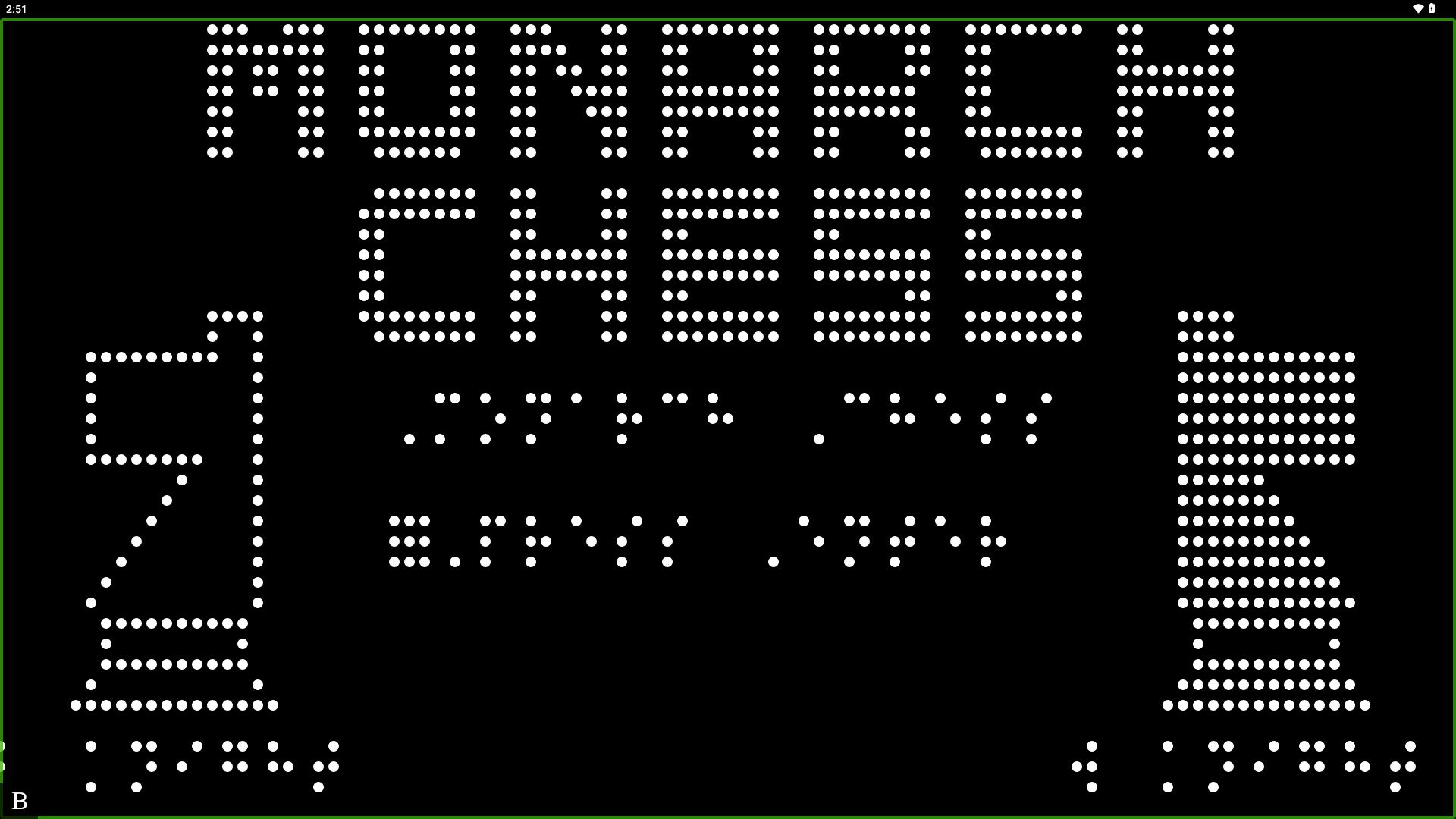
Developed with the only refreshable digital braille chessboard in existence, Monarch’s Chess App gives those who are blind or low vision the opportunity to play games that are fully accessible. When APH created the Chess App they wanted teachers to be able to use it to relate to real objects, reinforce problem solving; organizational, critical thinking, and keyboard skills; along with promoting tactile discrimination and encouraging peer-to-peer relationships. The Monarch Chess App does all of those things and more.
APH recently spoke with Technical Innovations Product Manager, Jason Martin and Software Engineer, John Karr, to learn more about the inspiration and genius that brought the Monarch Chess App to life. For many who are blind or low vision, the Monarch Chess Application is the first time that they will experience having a game that’s fully accessible to them—that they can feel.
“For blind or low vision students, while chess is accessible, it isn’t really,” says Jason Martin, Technical Innovations Product Manager at APH. “There are problems with a physical chessboard. For example, you can knock over pieces, you have to have a specialized board that has pegs on it, and even then, it’s not the clearest thing to use.” The Monarch really advances the game for those that are blind or low vision. “It’s portable. You can play it on the subway, in an airport, or on a plane,” says Jason. “Rarely do you have a game that’s both tactile AND portable—if ever.”
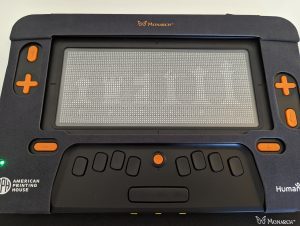
Providing opportunities for teachers to help students relate to real objects, the Monarch Chess Application gets kids used to touching tactile graphics, knowing that it’s different from the actual chess piece. A teacher can show a student what a classic chessboard looks like and then come over to the tactile chessboard on the Monarch and engage their compensatory skills with questions about similarities and difference between the physical and digital versions. “When they are holding a physical chess piece, the student can feel that in 3-D and then come over to the Monarch and go ‘Okay, this is kind of how it looks,’ also holding and feeling the pawn piece, for example, and realizing ‘Oh, this is symbolized with the braille letter P,’ says Jason. “It’s really building that real-world meets the digital with a game like chess.”
Designed to display the entire chessboard without the need to scroll or zoom, the Monarch Chess Application also works as a reinforcement tool to allow users to learn new methods of navigation and interaction through play. “One of the main reasons for building the Chess Application was to bolster those skills, the new buttons like the ‘D-pad,’ as well as the idea of point-to-click,” says Jason. One of Jason’s favorite features of the Chess Application is the point-to-click and movement. “I love the way the game is played and can be tactilely felt. It’s a great refresher on tactile discrimination. Someone who is visually watching it can understand what’s going on, as well.”
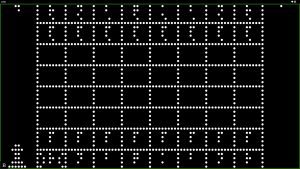
“What I love most about introducing games to students is its peer-to-peer relationships,” says Jason. The chess app encourages students to learn from each other. “A student that’s a ‘bad’ chess player will talk to a ‘good’ chess player, and they’ll share tips and strategies.” Jason says the main goal of the chess app was to get people playing chess─getting blind or low vision students to play it with the idea that it would turn into chess clubs and communities. “We want to see chess champions. Chess masters. Chess nerds are cool now!” says Jason. With more people playing tactile chess, it would naturally reinforce and build on all of those skills. “One thing I hope comes from this is that we see a ‘Queen’s Gambit’ moment with schools that have access to the Monarch,” says Jason. “Particularly with blind students at least at first, but then older adults that have access to the Monarch and eventually within the blind community as a whole.”
The Monarch Chess App has laid the groundwork for many different apps and ideas for the future. “Just working on this app is something to be proud of. Chess is over 1500 years old. We took an ancient game and made it accessible,” says Jason. “ Knowing how many people are going to be introduced to chess for the first time—it’s a good feeling. It gives you the warm fuzzies. Even Congress loved it.”
Learn more about the Monarch and stay tuned for updates on the Chess App!
Share this article.
Related articles
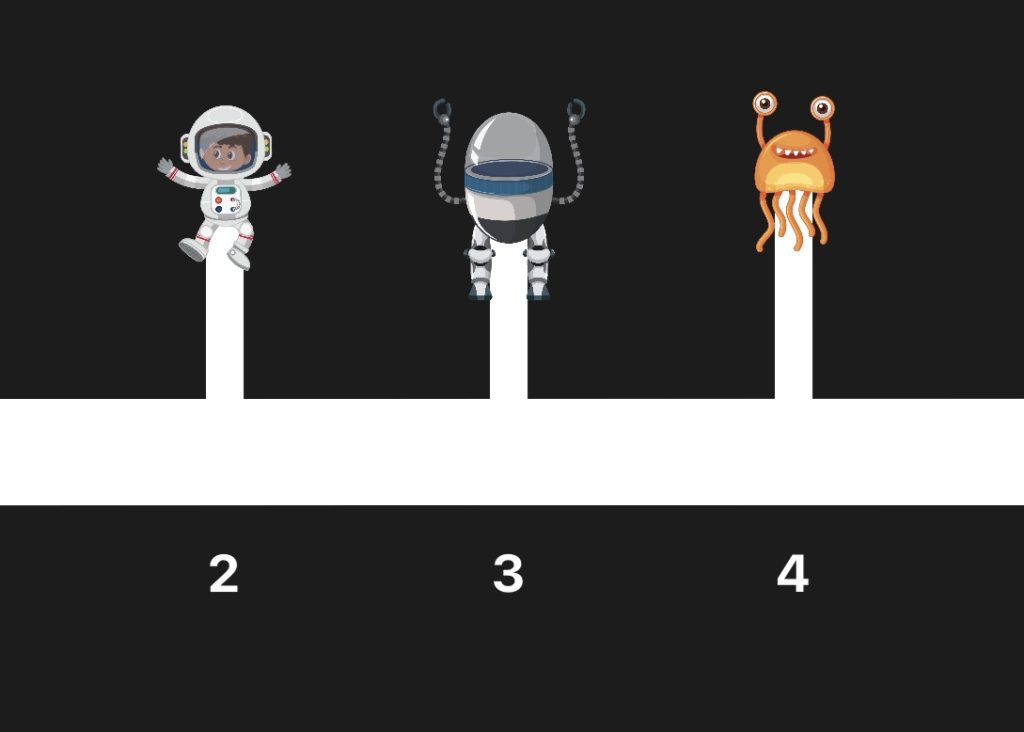
Mastering Both Math and Space with the Cosmic Number Lines App
An accessible, engaging iOS game, the Cosmic Number Lines App was designed for early elementary school students who are blind...

Making More Out of Chess with the Monarch
The Monarch Chess App was developed as the first digital, refreshable braille display chess game, making it possible for any...
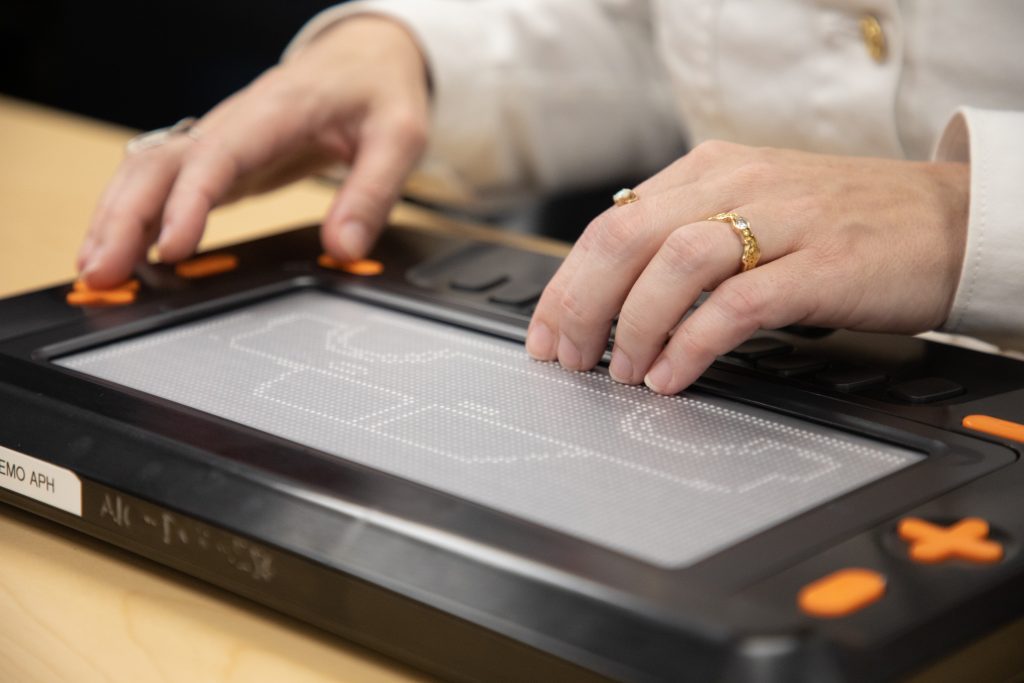
Turn Coding into Tactile Art with the Dotted Turtle
As the Monarch continues to fly into the hands of new students, teachers, and classrooms, the opportunities are truly only...
